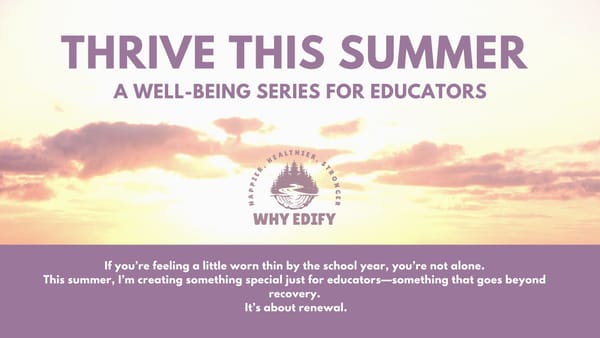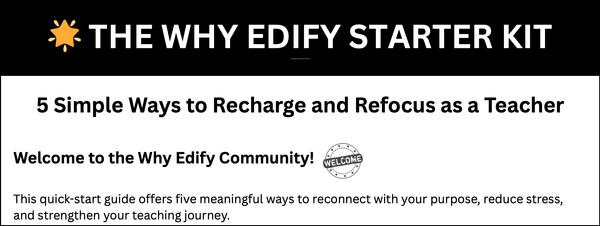Teaching and Learning About the Ozone Layer
Explore the ozone layer, CFCs, and the Montreal Protocol.

As an Amazon Associate, I earn from qualifying purchases. All affiliate links are marked with an asterisk (*). Thank You! Read more here.
Teaching and Learning About the Ozone Layer
In 1985, on May 16t, a hole in the ozone layer was discovered over the South Pole. It was a wake-up call showing how humans can negatively impact the earth.
The hole was caused by chlorofluorocarbons. Many scientists called for the regulation of these chemicals as early as 1970.
As a result, the Montreal Protocol was enacted in 1987. Countries across the globe agreed to start limiting the use of chlorofluorocarbons.
Scientists and governments both acted quickly. This was rare. It was predicted that the ozone layer would return to pre-1980 levels by the end of the 21st century.
This is the only treaty that has been universally accepted. It’s a great example of what can happen when countries work together. It seems climate change warrants another globally unified effort. It happened once before. It could happen again.
Ozone Layer Teaching and Learning Resources
- Here’s the history of what caused the hole in the ozone layer and how the Montreal Protocol addressed the problem.
- More history along with a discussion of whether the hole is fixed or not.
- Ozone educational resources from the UN
- Changes in the Ozone from PBS Learning Media
- NASA Ozone Watch - The maps feature videos of the ozone layer over time.
- 📚 Book: About The Ozone Layer*: Effects on Human, Animal, and Plant Health
- 📚 Book: Technology Transfer for the Ozone Layer: Lessons for Climate Change*



